Should sand be tamped prior to pouring concrete
pkkaiser
9 years ago
Featured Answer
Comments (11)
renovator8
9 years agoBrian_Knight
9 years agoRelated Professionals
Washington Architects & Building Designers · Harrisburg Home Builders · Katy Home Builders · Newark Home Builders · Prichard Home Builders · Three Lakes General Contractors · Artesia General Contractors · Chatsworth General Contractors · Coos Bay General Contractors · Country Club Hills General Contractors · Jackson General Contractors · McPherson General Contractors · Palestine General Contractors · Riverdale General Contractors · Warrenville General Contractorslive_wire_oak
9 years agorenovator8
9 years agopkkaiser
9 years ago_sophiewheeler
9 years agojackfre
9 years agorenovator8
9 years agoworthy
9 years agoBrian_Knight
9 years ago
Related Stories
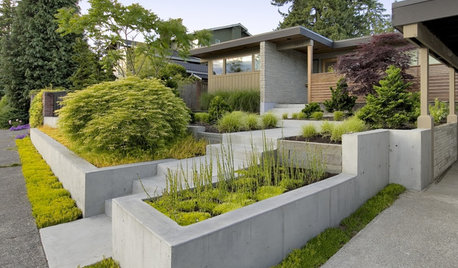
LANDSCAPE DESIGNGarden Walls: Pour On the Style With Concrete
There's no end to what you — make that your contractor — can create using this strong and low-maintenance material
Full Story
CONCRETEWhy Concrete Wants to Crack
We look at the reasons concrete has a tendency to crack — and what you can do to help control it
Full Story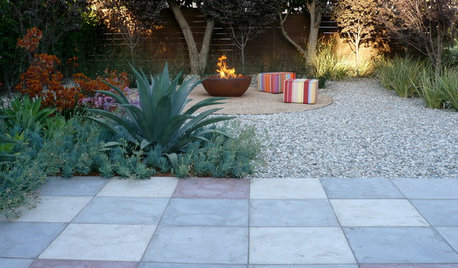
MATERIALSPrecast Concrete Pavers Make a Versatile Surface in the Garden
You can use concrete pavers in a variety of shapes and colors for your patio, walkway, driveway and more
Full Story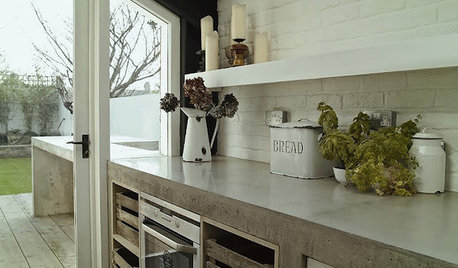
KITCHEN COUNTERTOPSKitchen Counters: Concrete, the Nearly Indestructible Option
Infinitely customizable and with an amazingly long life span, concrete countertops are an excellent option for any kitchen
Full Story
FLOORS5 Benefits to Concrete Floors for Everyday Living
Get low-maintenance home flooring that creates high impact and works with home styles from traditional to modern
Full Story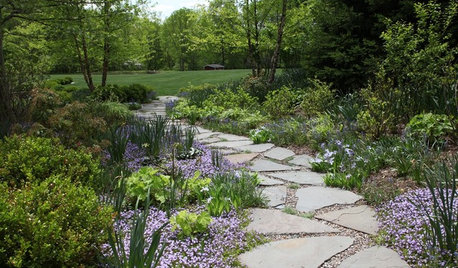
GREAT HOME PROJECTSWhat to Know About Installing a Walkway of Pavers and Pebbles
Find out how to get started, whom to hire, materials to use and costs to expect when adding a path of pavers and gravel
Full Story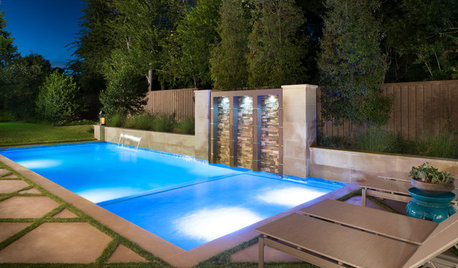
GREAT HOME PROJECTSHow to Replaster (or Remodel) Your Pool
Have an old pool? It could be time to update the plaster, landscaping and more for a pool that works swimmingly with your current style
Full Story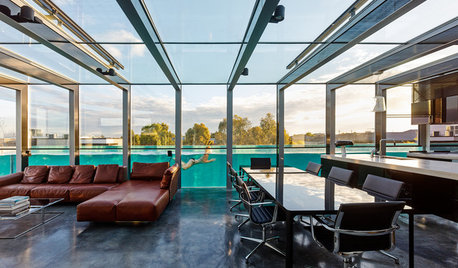
MATERIALSPro Panel: ‘The Material I Love to Work With Most’
7 experts weigh in on their favorite materials for walls, flooring, siding and counters
Full Story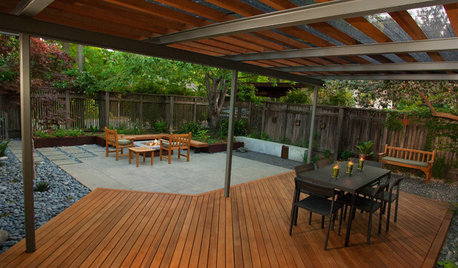
PATIOSPatio Details: Simple Materials Make for a Sophisticated Space
Low water bills and minimal maintenance are just part of the beauty of this handcrafted backyard deck and patio
Full Story
KITCHEN COUNTERTOPS10 Countertop Mashups for the Kitchen
Contrast or complement textures, tones and more by using a mix of materials for countertops and island tops
Full StoryMore Discussions






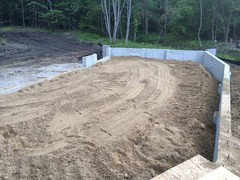
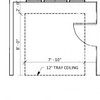
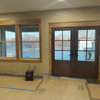
bus_driver